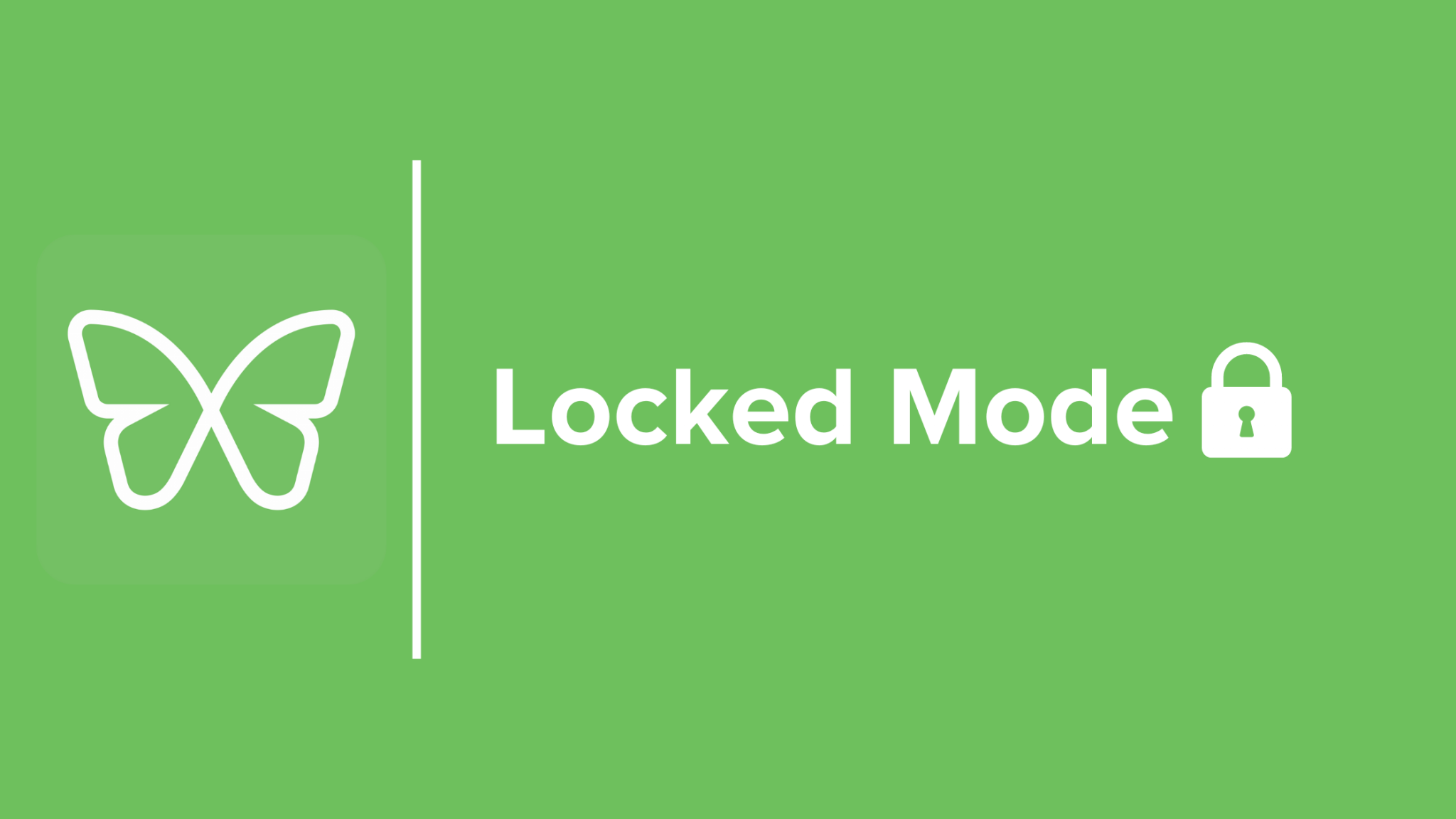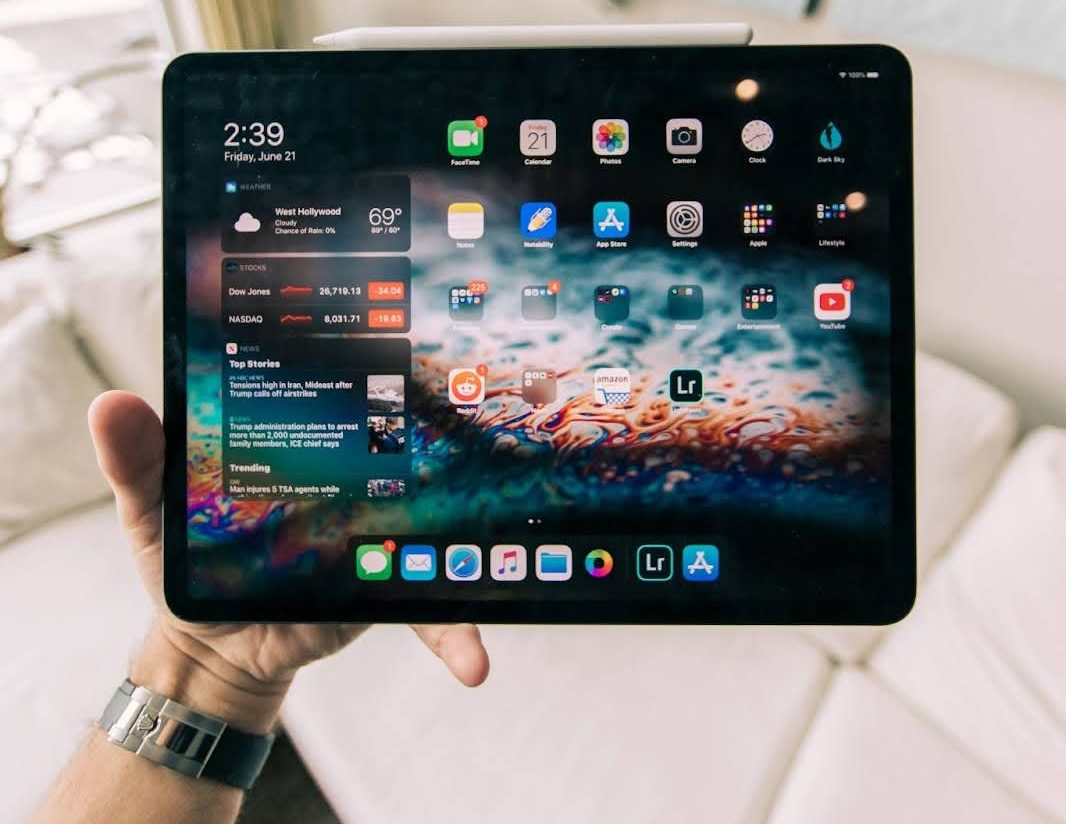10 Ways to Improve Employee Performance by Managing Digital Distractions

With the rise of the technology-enabled workplace, digital distractions pose novel challenges for executives and managers. Digital devices make it easier for employees to communicate, share ideas, and stay on task even when they’re out of town, but the distractions that accompany these devices cost companies significant time and money.
Today, 70% of workers say that they feel distracted while on the job, and that number rises to 74% for Millennial and Gen Z employees. Furthermore, 16% of workers say that they’re almost always distracted while they’re in the office. Between tackling their responsibilities and checking notifications from emails, Slack, and social media, the average worker is switching screens every three minutes, with some researchers coining the term “online compulsive disorder” to describe those who can’t help clicking on a new screen every few minutes. Two out of three employees also report getting distracted during face-to-face meetings and checking their notifications.
For employers, this raises the question: exactly how much are these digital distractions costing them in wasted productivity?
Research shows that one worker wasting one hour per day adds up $10,000 lost over the course of a year. These wasted hours cost the average white collar company approximately $10 million per year, and overall, American businesses lose out on a collective $650 billion per year.
In order to prevent these losses, employers must effectively address the issue of digital distraction in the workplace. Drawing on our expertise in the field of digital distraction, we’ve put together a list of strategies that can help managers and executives foster an open dialogue around digital distractions. By embracing the challenges and opportunities associated with digital devices, they can create a workplace where productive employees can thrive.
What follows is a list of practical strategies that managers and executives can use when addressing digital distractions in the workplace. Freedom is the industry-leading digital distraction solution, used by over one million people. We believe that providing tools to manage digital distraction is a key element for worker success, but importantly, it is not the only element. Read on to learn about best practices you can adopt in your office.
1. Use Freedom to Block Digital Distractions
Freedom is the industry-leading digital distraction solution, supported by a professional team and full-time customer success engineers. Unlike competitor products that are generally side-projects, Freedom is created by a full-time professional team, fully focused on innovating and delivering the best solution in the space. To that extent, we make solutions for all platforms (Windows, Mac, Android, iOS, Chrome) and offer highly cost effective licensing.
Implementing Freedom for the whole office can increase productivity and help the entire team perform at their best without digital distractions breaking their focus. Freedom enables users to take advantage of a variety of different functions to keep them on task. Freedom allows employees to block the specific websites and social media platforms that they find most distracting.
While messaging apps are an invaluable tool and a great way for colleagues to communicate, getting a Slack notification when you’re trying to concentrate can pull you out of your task and into an unrelated conversation. With Freedom, employees can also block notifications from desktop apps like Slack for limited periods of time.
Employees can block the entire Internet while allowing certain sites that they need to use, block off certain times to check their inboxes, and schedule blocks in advance to help them prepare for the week ahead and commit to time blocking their schedule.
Freedom offers discounted volume licensing for companies, and they also provide custom functionality to support your team’s specific needs. With Freedom, employees have the power to take back their time and block digital distractions altogether.
To implement a holistic program for helping employees with digital distractions, you’ll also need to proactively provide strategies for time management. Our next set of suggestions can be used in businesses of any size.
2. Time Blocking
Time blocking refers to the practice of scheduling your tasks throughout the day in a series of time slots. Research shows that about 41% of items that someone writes on their to-do list won’t be completed, but using a system to tackle the list can help employees stay on track. Encourage employees to organize their daily routines by blocking off certain periods of time to complete different tasks: shorter blocks can be utilized for small batches of simple tasks, while longer, uninterrupted stretches are better for completing more challenging projects. This system can help hone time management skills and prompt employees to zero in on important responsibilities while ignoring potential distractions.
3. Set Specific Times for Email Checking
The average worker checks their inbox about 15 times each day, but research reveals that workers who check their emails only three times per day experience significantly less stress. Getting email notifications and checking them once or twice every hour can pull employees away from more pressing tasks, and with 66% of workers saying that they check their email before anything else in the morning, it’s clear that employees are spending a significant amount of time reacting and responding to emails instead of proactively getting ahead on their work. Make it clear that employees are not expected to answer their emails first thing in the morning, and suggest specific times for checking emails: once before lunch, once in the afternoon, and once before heading home should suffice.
4. Schedule Meetings in the Afternoon
Many people feel that they work best in the morning, and we’ve all experienced that after-lunch crash before. This is because everyone has a similar circadian rhythm, which influences their energy levels throughout the day. Circadian rhythms can easily affect employee performance at work. People typically become more alert as the morning goes on, and they hit a peak around noon. After that, their energy levels often decline and slump around 3 PM, with another small peak around 6 PM before declining again as the day winds down.
When employees can spend their mornings focusing on deep work, it’s easier for them to ignore distractions and be more productive. Once the afternoon rolls around, it’s much more tempting for employees to simply run on autopilot and check notifications instead of crossing items off their to-do lists. Schedule meetings after lunch and before that 3 PM crash so that workers can take advantage of their peak productivity in the mornings and stay alert during team discussions.
By giving employees strategies for managing their time, you’ll find they are better focused and able to get complex work done effectively. This provides a huge motivational boost. Our next set of suggestions taps into motivational tools you can draw on to increase employee satisfaction. A highly motivated, happy employee is much less likely to be distracted than a disengaged employee. Here’s what you can do.
5. Focus on Motivation
When it comes to motivating employees, there are no shortcuts or hacks: managers need to show that they’re invested in staff performance and willing to work with individuals to utilize their talents and improve their weaker areas. Make sure to reward noticeable improvements, especially if you know that certain employees have been challenging themselves and striving to be more productive. Other employees may take notice and gain a better understanding of exactly what’s expected of them in terms of productivity. When they know that their efforts to manage digital distractions are appreciated, they will be more motivated to focus.
6. Set Clear Goals with Specific Objectives
If you notice that certain employees have slowed down their productivity due to digital distractions, it helps to be transparent and direct about your expectations for their performance. They may not have realized how many times they were being interrupted by notifications and how this could impact their work in the long term. By giving them clear guidelines and measurable targets for them to focus on, you can help motivate them to stay on track and avoid giving in to digital distractions.
7. Give the Option to Work From Home
With 43% of American workers saying that they already spend at least part of their week working from home, managers might be wondering if this option really boosts productivity. It turns out that remote workers work the equivalent of one extra full day on average, and they also take shorter breaks, request fewer days off, and say that they experience less distractions. However, many people do find working from home full-time a bit isolating, and it may be a hindrance for collaborative projects. Giving employees the opportunity to work from home for part of the week could help your company reap the benefits without the drawbacks.
Finally, we’ll offer some general tips that you can think about implementing – these may already be part of your company’s culture. The theme is we must be open, and understand our work environments to truly succeed. So this requires open communication and understanding and confronting issues of digital distraction. This must be done in an appropriate, evidence-based manner – but by having open dialogue, you’ll gain the trust and respect of your employees.
8. Open Communication
About three out of every four workers say that completing trainings to improve their focus and eliminate digital distractions would help them be more productive, but 66% also say that they’ve never broached the topic with their manager. Some hesitate because they think that admitting they struggle with digital distractions could make them look like they’ve been slacking, while others feel like their requests might interfere with collaborative projects that rely on digital tools. Managers can take the first step, bring up these issues with employees, and gauge interest in trainings, which are generally worth the effort: employees who have been trained to manage digital distractions report being more productive, more motivated, and happier at work.
9. Reevaluate Social Media Usage
It’s clear that social media can be a major source of distractions in the office, but it can also be a useful tool for employees. Many workers report using social media for work-related tasks, touching base with their colleagues, and looking up information. In fact, surveys show that social media “power users” who have been trained to use social media effectively and efficiently are actual some of the most productive and happiest employees. Training and encouraging staff to use social media for specific tasks and professional communication can turn these platforms from distractions into assets.
10. Measure Productivity
As the saying goes, “what gets measured gets managed,” and this can be especially true when it comes to social media usage in the office. If digital distractions continue to be a recurring issue, managers can evaluate the extent of the problem with employee monitoring software and set appropriate office policies. Sometimes, limiting social media usage can feel a little too strict for employees that are used to more flexibility, but these policies have proven to be effective: offices that don’t allow employees to use social media during the workday do see a drop in digital distractions. Unless employees need to use specific platforms for work purposes, implementing these policies can be beneficial if the staff is easily distracted.
Utilizing the strategies we’ve outlined in this article will prepare you for creating a distraction-free work environment. By fostering open communication around distractions, and developing strategies that promote focused work, you’ll see great improvement. Above and beyond these strategies, providing employees a tool to block distractions effortlessly, across all devices, provides truly distraction free work. When you are ready for Freedom to help your business, please let us know. We’re ready to help your employees do their best work, and focus on what matters most.
Sources and more information:
- Distractions Are Costing Companies Millions. Here’s Why 66 Percent of Workers Won’t Talk About It
- Workplace Distractions Cost Companies Millions Per Year
- How to Keep Technology from Distracting You at Work
- Could Time-Blocking Replace Your To-Do List?
- The Way You Check Your Email Is Making You Less Productive
- The Ideal Work Schedule, as Determined by Circadian Rhythms
- 7 Eye-Opening Strategies to Improve Employee Performance
- Remote Work by the Numbers
- A 2-Year Stanford Study Shows the Astonishing Productivity Boost of Working From Home
- 10 Proven Strategies for Increasing Employee Productivity in 2018
- Is Social Media Killing Your Workplace’s Productivity?


